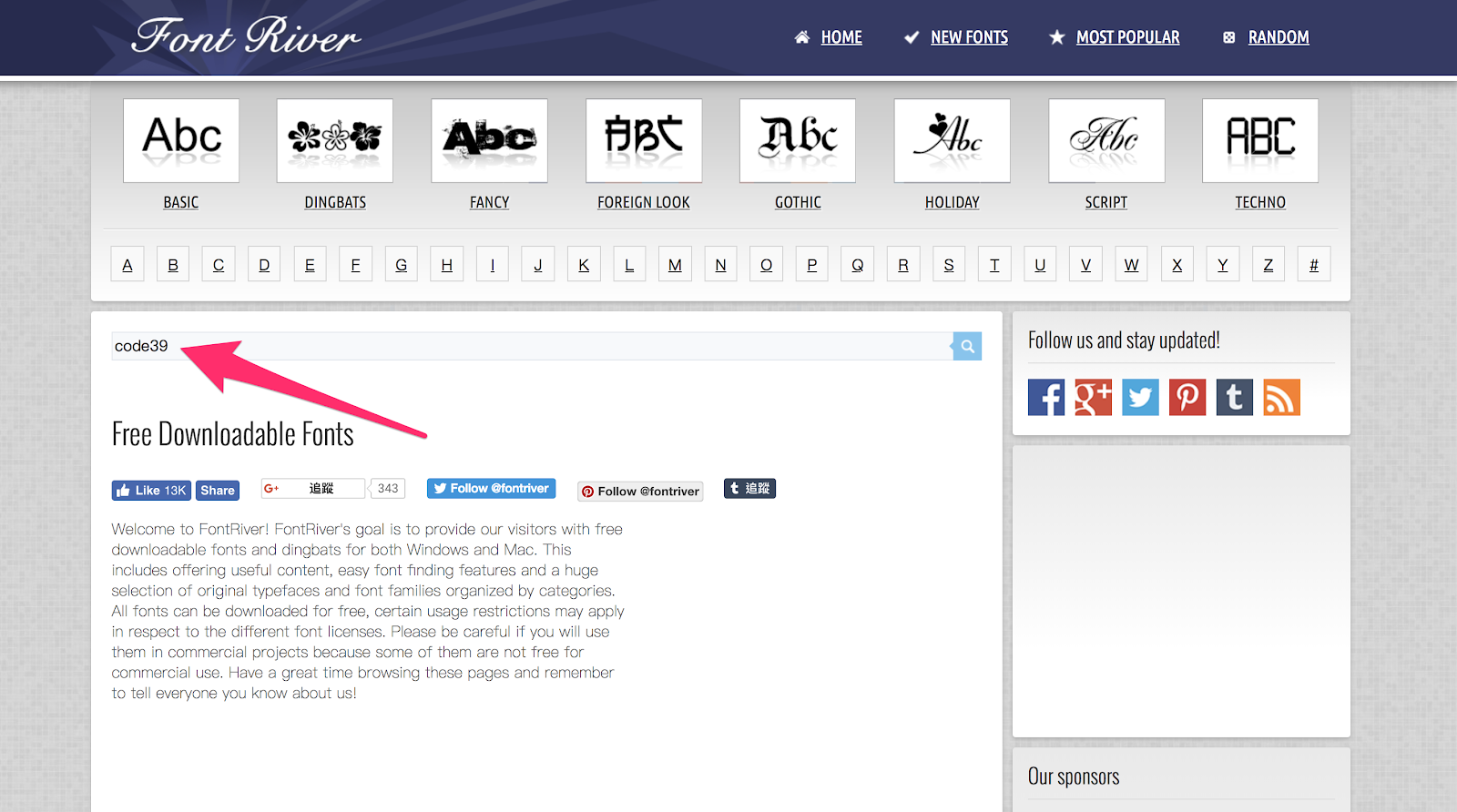
.png)
A regression window could still be interesting to determine which changed caused this, but nightly builds don't ship with myspell.dll. Presumably from bug 376082 comment 15 and 16 this started between 03. When I put this dll in the components directory of a current trunk build I reproduce this crash. (Thanks to polidobj.) For a short while in July 2006 nightly builds shipped myspell.dll (At least the 2006071004 build did). "Right, I think I've found the cause of the crash. So it looks as though my incidents might be different to everyone else's except for (probably) one other person using Firefox Trunk! Produces a list of only my incidents, though, if one removes the reference to Thunderbird Trunk, 3 more incidents are added, all relating to Firefox Trunk.
NUMBERS 6.0 MAC OS EDATE WINDOWS
Removing the reference to Thunderbird Trunk expands the list to 339 crashes and shows that similar events are occurring on Firefox Trunk on both Windows and Linux Intel. These all relate to stack signature NS_strlen and include all of Julien Moorrees's and Michael Mak's incidents. Is a list of the 114 Talkback incidents related to this bug on Thunderbird Trunk.


It's too late for me to try to figure out where the pointers come from, they don't seem very local. Worst case I'm wrong about where this is happening.

Hopefully only one of them is a real crash point. XPCWrappedNative::CallMethod Ĭrashing in NS_strlen is legal if someone passes a null pointer, the culprit should be one of:įor now, I've tagged the summary w/ both possible crash points. d:\builds\tinderbox\tb-trunk\winnt_5.2_depend\mozilla\xpcom\build\nscrtglue.cpp, line 102 The end result can really be anything you want.Operating System Windows NT 5.1 build 2600 You can either paste in the items you want to show, or you can even add in static text if you want to, like “OSXDAILY Rules!” or something to that effect. The “International” formats also allows for some further customization to the menu bar clock item though by choosing the customize button. Here you can alter the appearance of the Time format, add the date (in a format you specify), or add a custom message. Similarly, to show the Date in the active format, extract the Date info from the International -> Formats -> Dates pane. Instead, really old versions need to launch the System Preferences, and then visit the “International” preference pane, followed by the ‘Formats’ tab… next click the “Customize” button in the Times pane. In fact, prior versions of OS X doesn’t put the option in the Date & Time prefs at all. This is adopted from an article published a while back, it’s included here because it’s still relevant to some Mac users with older machines:ĭepending on what version of OS X you are running, the exact parameters might be a little different but it’s the same concept. But of course we’re not going to overlook old versions, so if you’re still in the older generations you can still make this customization… Adding the Date to the Menu Bar in Prior OS X Versions This is the same in any modern incarnation of Mac OS X, from 10.6 onward through OS X Yosemite 10.10.
NUMBERS 6.0 MAC OS EDATE INSTALL
If you feel like it, you can change that (and other options like adding emoji to stylize the clock a bit) by visiting the “Language & Region” preference panel and poking around in the Advanced options.Īnother option is to install a third party app like Day-O, which puts a full Calendar into the menu bar of OS X, a feature which is so useful that frankly, it should be built into the Mac menu bar by default. The year also does not appear by default. Toggling that box will make the date appear instantly:Īs you can see, the date appears alongside the clock, but the actual day of the week name is shortened by default to better fit within the Mac menu bar.


 0 kommentar(er)
0 kommentar(er)
